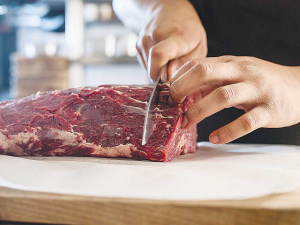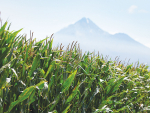In December, world food prices dipped for a ninth consecutive month, according to recent data from the Food and Agriculture Organization of the United Nations (FAO).
The FAO Food Price Index, which tracks monthly changes in the internationally prices of commonly-traded food commodities, was 1% below its value a year earlier.
However, for 2022 as a whole, the index was 14.3% higher than the average value of 2021.
FAO chief economist Maximo Torero says calmer food commodity prices are a welcome reprieve after two years he says were ‘very volatile’.
“It is important to remain vigilant and keep a strong focus on mitigating global food insecurity given that world food prices remain at elevated levels, with many staples near record highs, and with prices of rice increasing, and still many risks associated with future supplies,” he says.
The FAO Meat Price Index in December dropped by 1.2% from November, with lower world prices of bovine and poultry meats outweighing higher pig and ovine meat prices.
International beef prices were impacted by lacklustre global demand for medium-term supplies, while more-than-adequate export supplies pushed down poultry meat prices, the FAO states.
Pig meat prices rose off the back of strong internal holiday demand, particularly in Europe.
Meanwhile, the FAO Dairy Price Index rose 1.2% in December, following five months of consecutive declines.
The FAO claims higher international cheese prices, which reflect tightening market conditions, drove the monthly increase in the index, while international quotations for butter and milk powder declined.



















